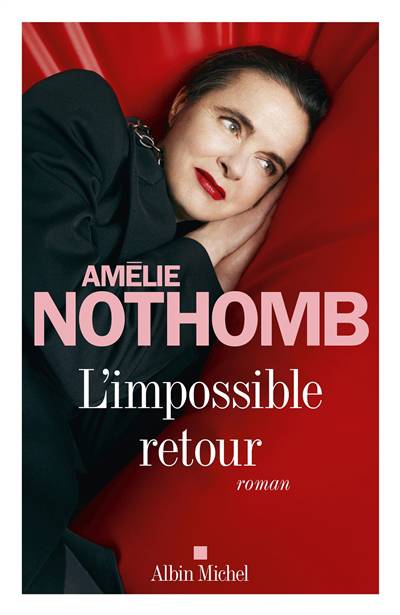
- Retrait gratuit dans votre magasin Club
- 7.000.000 titres dans notre catalogue
- Payer en toute sécurité
- Toujours un magasin près de chez vous
- Retrait gratuit dans votre magasin Club
- 7.000.000 titres dans notre catalogue
- Payer en toute sécurité
- Toujours un magasin près de chez vous
Tracking and Mapping of Spatiotemporal Quantities Using Unicellular Swarm Intelligence
Visualisation of Invisible Hazardous Substances Using Unicellular Swarm Intelligence
John OyekanDescription
The book discusses new algorithms capable ofsearching for, tracking, mapping and providing a visualization of invisiblesubstances. It reports on the realization of a bacterium-inspired roboticcontroller that can be used by an agent to search for any environmental spatialfunction such as temperature or pollution. Using the parameters of amathematical model, the book shows that it is possible to control theexploration, exploitation and sensitivity of the agent. This feature sets thework apart from the usual method of applying the bacterium behavior to roboticagents. The book also discusses how a computationally tractable multi-agentrobotic controller was developed and used to track as well as provide a visualmap of a spatio-temporal distribution of a substance. On the one hand, thisbook provides biologists and ecologists with a basis to perform simulationsrelated to how individual organisms respond to spatio-temporal factors in theirenvironment as well as predict and analyze the behavior of organisms at apopulation level. On the other hand, it offers robotic engineers practical andfresh insights into the development of computationally tractable algorithms forspatial exploratory and mapping robots. It also allows a more general audienceto gain an understanding of the design of computational intelligence algorithmsfor autonomous physical systems.
Spécifications
Parties prenantes
- Auteur(s) :
- Editeur:
Contenu
- Nombre de pages :
- 194
- Langue:
- Anglais
- Collection :
- Tome:
- n° 14
Caractéristiques
- EAN:
- 9783319801391
- Date de parution :
- 29-03-19
- Format:
- Livre broché
- Format numérique:
- Trade paperback (VS)
- Dimensions :
- 156 mm x 234 mm
- Poids :
- 294 g







